Watch: 1News story 3 April, 2024: Breakfast interview with Roger Brooking and Louise Nicholas
The Government wants to bring back the three strikes sentencing law — but opinion is mixed on whether the legislation contributes to an effective justice system or simply locks more people up for longer.
The law – repealed under Labour in 2022 – imposed a mandatory prison sentence of seven years for individuals who committed a third “strike” or violent offence. The legislation was intended to deter people from serious or repeat offending by threatening increasingly strict sentences.
The Government’s new 36-point “action plan” included working to restore the policy. Advocate Louise Nicholas told Breakfast this morning that victims supported the move. “When the three-strike law was there… our survivors were saying, ‘Good, this needs to happen because we don’t want this person back out in the community reoffending’,” she said. “If this can be a deterrent for that person, [then] for the community, it’s a good thing.”
Ignorant piece of legislation
But criminologist Roger Brooking strongly disagreed. “It’s an ignorant piece of legislation and there’s three good reasons why it just doesn’t work,” he said.
- “First of all, it doesn’t act as a deterrent.” He said the targeted offenders had “all kinds of mental health issues” or issues related to neurodiversity. The Government’s new 36-point “action plan” includes working to restore the three strikes law. “They don’t make rational decisions and think about the consequences,” Brooking said. “It does not deter offending.
- “The second thing is that it removes the judicial discretion of judges. “It turns judges into rubber stamps basically, and I don’t think that’s helpful for justice in New Zealand.”
- Thirdly, he said the legislation led to “manifestly unjust” outcomes when it was in place, claiming offenders received seven-year sentences with no chance of parole for relatively minor offences.
However, Nicholas said victims want the people that harmed them to get the help they need so communities can be safer. “Not everybody that goes into prison who have committed these serious crimes, have mental health issues, addictions,” she said, disagreeing with Brooking. “Some of them are just normal people, if I can put it that way. “If you’re prepared to harm people, then you’ll be prepared to do the time – and when you come out and you’re gonna do it again, be prepared to go back in and have a longer sentence. “If you’re gonna continuously hurt people then expect to do the time, it’s as simple as that.”
‘Here they go again’
Labour Party deputy leader Carmel Sepuloni criticised the Government’s plan to restore the measure. “Here they go again, recycling policies that have no evidence base and that do not work,” she told Breakfast. “A waste of resource, a waste of time… Clearly there’s no evidence to support this. “We need to be looking at initiatives and policies that actually work to reduce crime. This is not one of them.”
Sepuloni acknowledged that victims needed to be “front and centre” of the response to crime – but said “there are other areas that need investment in them to support our victims and to mitigate the risk of people being victims”.

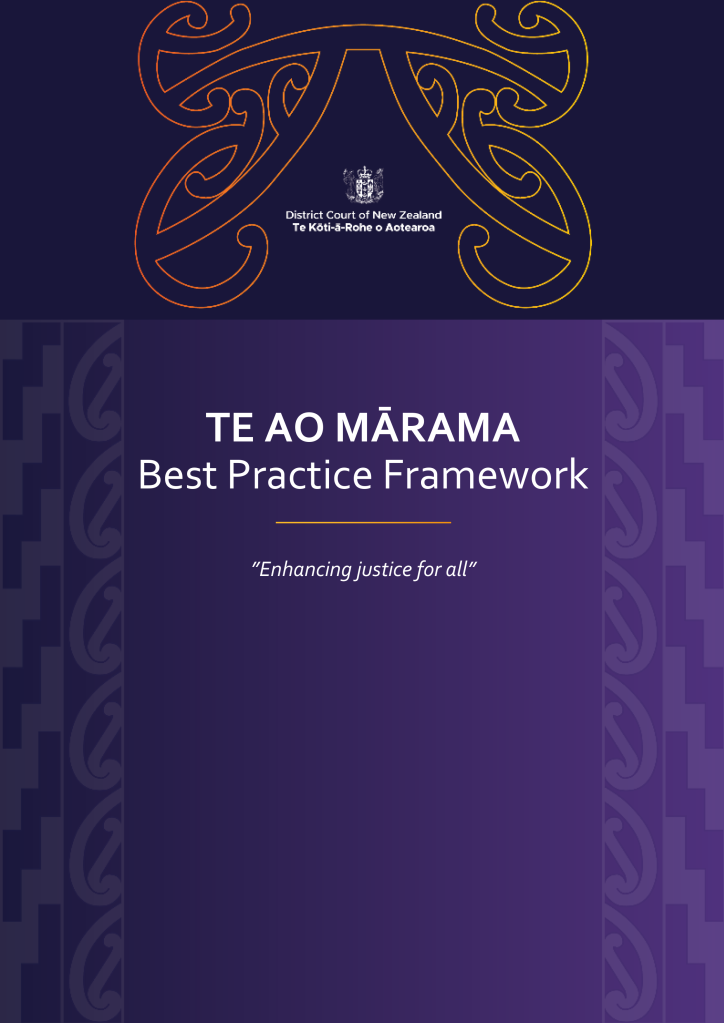

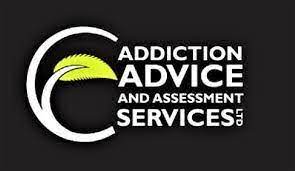



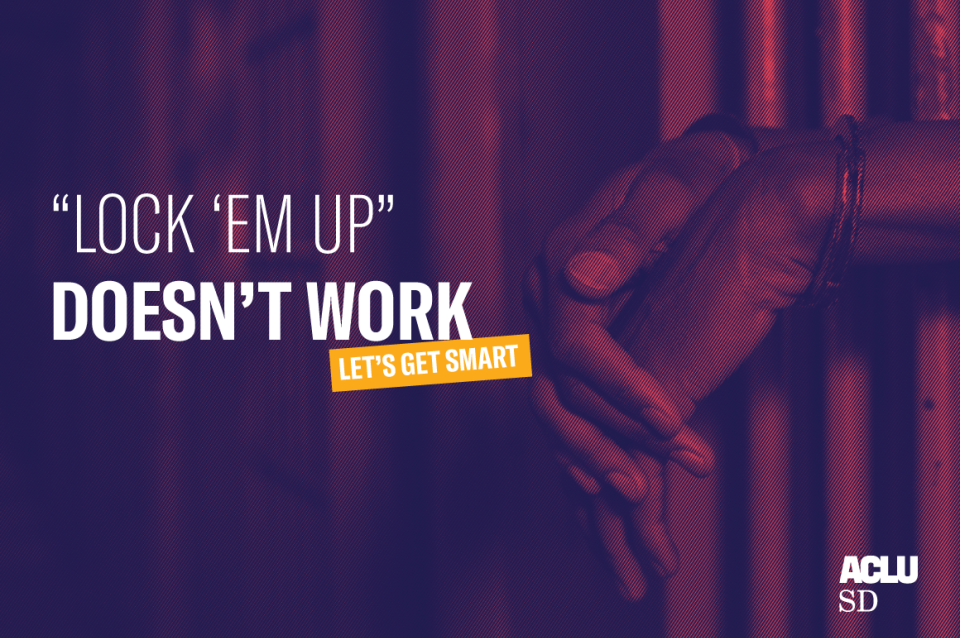










 Criminology graduates and a senior criminology lecturer at VUW are calling for the Climate Change Amendment Bill currently before Parliament to be totally transformed so that it reflects the reality that the world is facing an existential crisis.
Criminology graduates and a senior criminology lecturer at VUW are calling for the Climate Change Amendment Bill currently before Parliament to be totally transformed so that it reflects the reality that the world is facing an existential crisis.





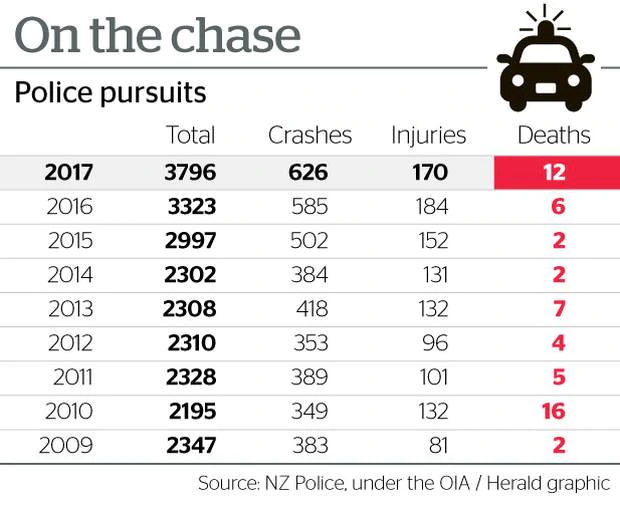 Generally, police pursuits in New Zealand do not involve such serious crimes or such dangerous offenders. Since January 2008, police have pursued over 30,000 fleeing drivers leading to
Generally, police pursuits in New Zealand do not involve such serious crimes or such dangerous offenders. Since January 2008, police have pursued over 30,000 fleeing drivers leading to 
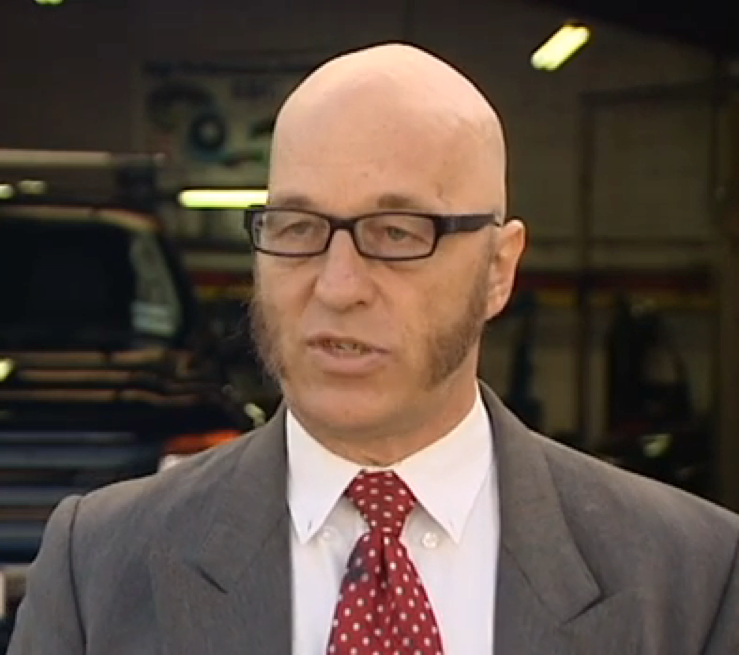
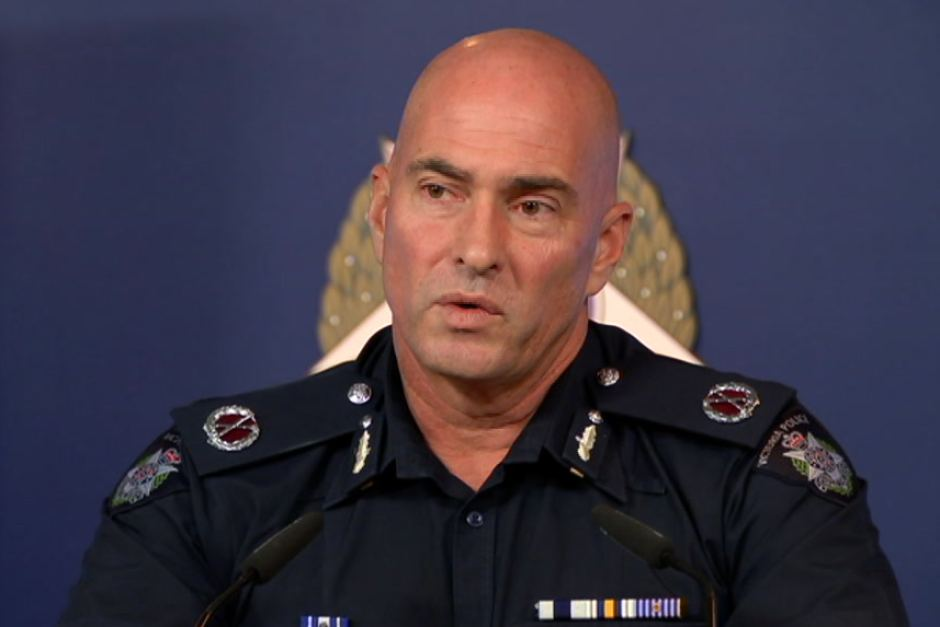

 What happened to the fundamental legal principle: Innocent until proven guilty? Perhaps Andrew Little is right – our justice system is broken – we lock up way too many people who have yet to be convicted of a crime. Isn’t that what third-world dictators, communist countries and authoritarian, anti-democratic regimes do?
What happened to the fundamental legal principle: Innocent until proven guilty? Perhaps Andrew Little is right – our justice system is broken – we lock up way too many people who have yet to be convicted of a crime. Isn’t that what third-world dictators, communist countries and authoritarian, anti-democratic regimes do?